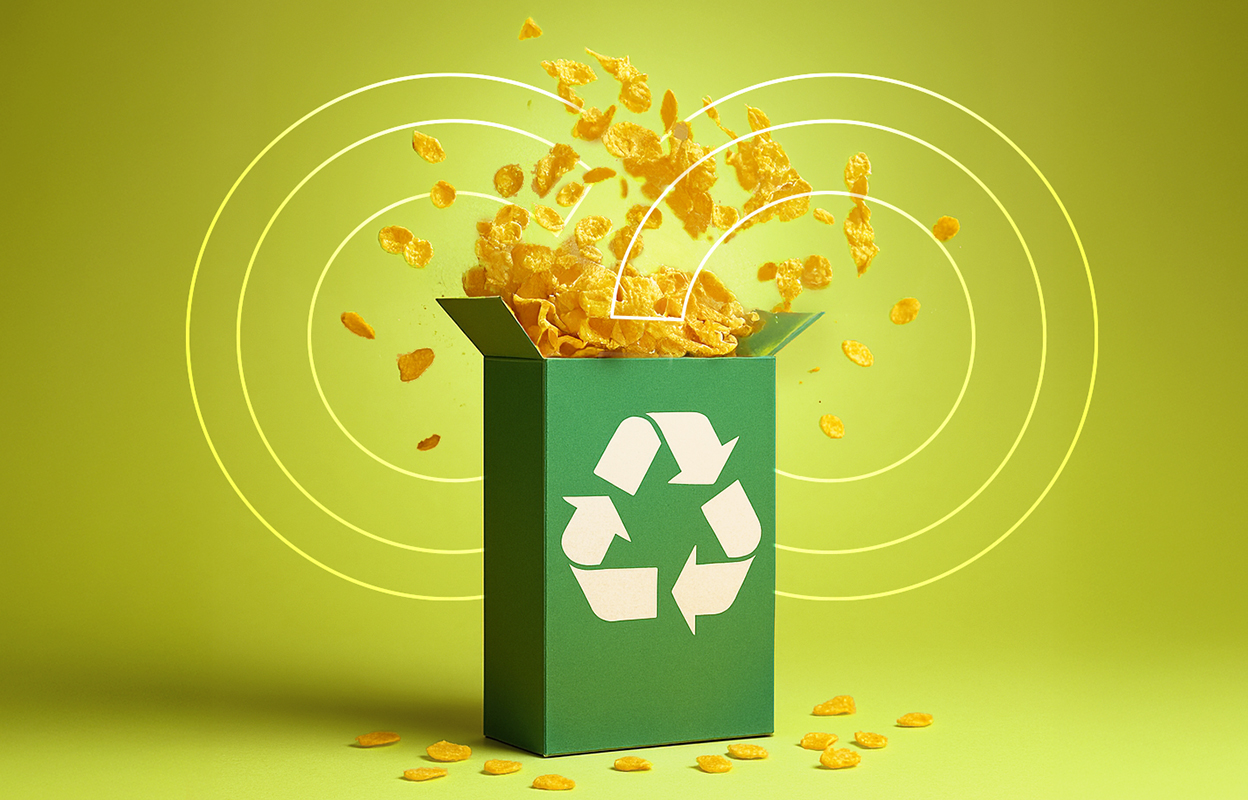EPR Is Here: 8 Things Food and Beverage Companies Need to Know to Navigate Regulations

Extended Producer Responsibility (EPR) laws are picking up steam across the U.S. while Canada and the European Union have spent the last decade or more solidifying laws. It’s time for U.S. food & beverage brands and manufacturers to take notice. From packaging fees to recycled content tracking, this isn’t just a packaging department issue, EPR affects sourcing, compliance, finance and product development too.
What is EPR?
EPR is a policy framework that holds producers accountable for the end-of-life management of their products often including financial and operational responsibility. The goal of these regulations is to motivate food & beverage brands and manufacturers to develop more eco-friendly packaging and reduce waste.
Here’s what food & beverage brands and manufacturers need to know about EPR to stay ahead of the curve and prepare operations to tackle new regulations and maintain compliance.
1: Packaging is the primary focus
Most EPR programs target consumer-facing packaging including plastic bottles, glass jars, paperboard boxes and multilayer pouches. If a product is packaged, it’s likely affected.
2: EPR = More responsibility for producers
EPR laws shift the responsibility for packaging waste from governments and consumers to producers. Food & beverage companies will be expected to finance and manage the end-of-life disposal of the packaging they put into the world.
3: EPR is already happening in key states
California, Colorado, Oregon, Maine, Minnesota and Washington have already passed EPR laws for packaging. While the rules vary by state, the theme is consistent: more accountability, more reporting and more pressure to rethink packaging materials. Fees are also part of the equation.
4: Fees depend on packaging materials used
A company’s EPR costs will depend on the type and amount of packaging materials it uses. Recyclable and compostable formats are often incentivized while problematic plastics and mixed materials typically come with higher fees.
5: Sustainable packaging innovation is a strategic advantage
EPR laws are accelerating the shift toward greener, smarter packaging. Food & beverage companies that invest in recyclable, compostable or reusable formats reduce regulatory risk, lower ERP fees, build consumer trust and stay ahead of evolving legislation. Rethinking packaging now creates a competitive advantage later.
6: Labeling rules are getting stricter
EPR laws are one piece of a larger packaging overhaul. States like California are introducing stricter labeling requirements to combat “greenwashing.” Brands will need to ensure sustainability claims are accurate and backed by verifiable data.
7: Producer Responsibility Organizations (PROs) are emerging
Companies may be required to join a PRO which manages compliance and pays fees on behalf of its members. Although, producers remain responsible for accurate reporting and active participation.
8: Data is the key to compliance
EPR compliance hinges on robust packaging data including material types, volumes, recycled content, supplier sources and usage by region. Companies relying on disconnected spreadsheets and outdated and siloed systems will struggle to keep up.
Streamline EPR compliance, cut costs and drive sustainable packaging decisions
Next-generation Product Lifecycle Management (PLM) product development technology empowers food & beverage companies with the packaging data control, visibility and agility needed to stay compliant. PLM connects all teams and centralizes product and packaging specifications, automates updates, tracks material usage by region and simplifies sustainability reporting. PLM also provides a complete view of packaging costs—both upfront sourcing expenses and end-of-life disposal costs—enabling businesses to make smarter, more sustainable choices.
Ready to learn more about how PLM supercharges sustainable packaging innovation while keeping up with regulatory and consumer demands?









